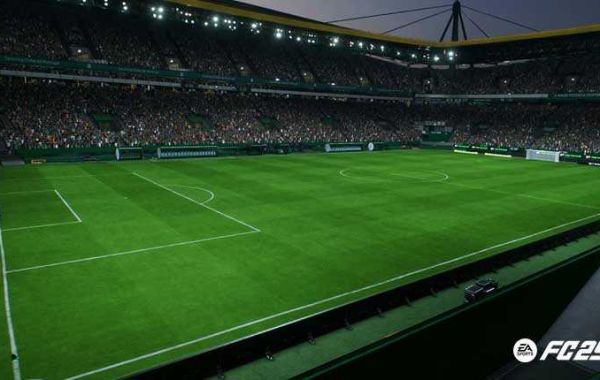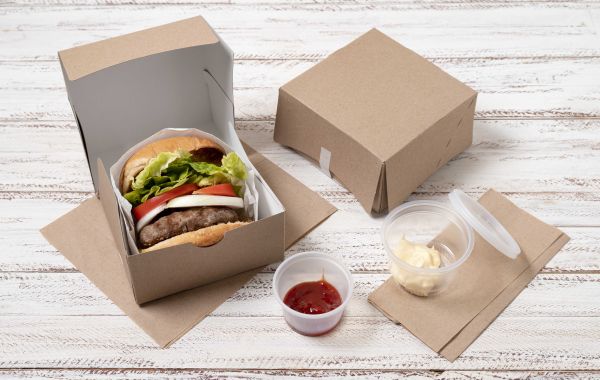While 5-axis CNC machining offers impressive capabilities for creating complex parts, it does come with some limitations to consider. Here's a breakdown of the key limitations to be aware of:
Cost
- Higher Machine Cost:5-axis CNC machines are more complex than 3-axis machines due to the additional rotary axes and control systems. This translates to a significantly higher initial investment cost for the machinery itself.
- Programming Complexity:Creating toolpaths for 5-axis machining requires specialized skills and advanced CAM (Computer-Aided Manufacturing) software. This can lead to higher programming costs compared to simpler 3-axis machining.
Complexity
- Steeper Learning Curve:Operating and programming 5-axis CNC machines requires a higher level of skill and training compared to 3-axis machines. This can add to the initial setup time and potentially impact production efficiency until operators are fully proficient.
- Fixture Design Challenges: Securing complex workpieces for machining from multiple angles can necessitate intricate fixturing solutions. Designing and manufacturing these fixtures can be more time-consuming and expensive compared to simpler fixturing for 3-axis machining.
- Potential for Collisions:With more moving axes, there's a greater risk of collisions between the cutting tool, the workpiece, or the fixturing if the toolpath programming is not meticulous. This can lead to machine damage, wasted material, and production delays.
Other Considerations
- Work Envelope Limitations:While 5-axis machines offer more freedom of movement, they still have a finite work envelope (maximum travel distance for each axis). This might limit the size and complexity of certain parts that can be machined.
- Tooling Requirements: Certain complex features might necessitate specialized cutting tools for 5-axis machining. These tools can be more expensive and require additional setup considerations compared to standard tools used in 3-axis machining.
- Material Compatibility:Not all materials are ideal for 5-axis machining. Very hard or brittle materials might require adjustments to cutting speeds or tool types to avoid tool wear or breakage.
axis CNC machining is a powerful tool, but it's not without limitations. Understanding these limitations allows for informed decisions about part design, process selection, and cost estimation. By carefully weighing the advantages against the limitations, you can determine if 5-axis machining is the most suitable and cost-effective method for your specific manufacturing needs. You might also interested in Demystifying the Costs of 5-Axis CNC Machining: From Factors to Advantages.








